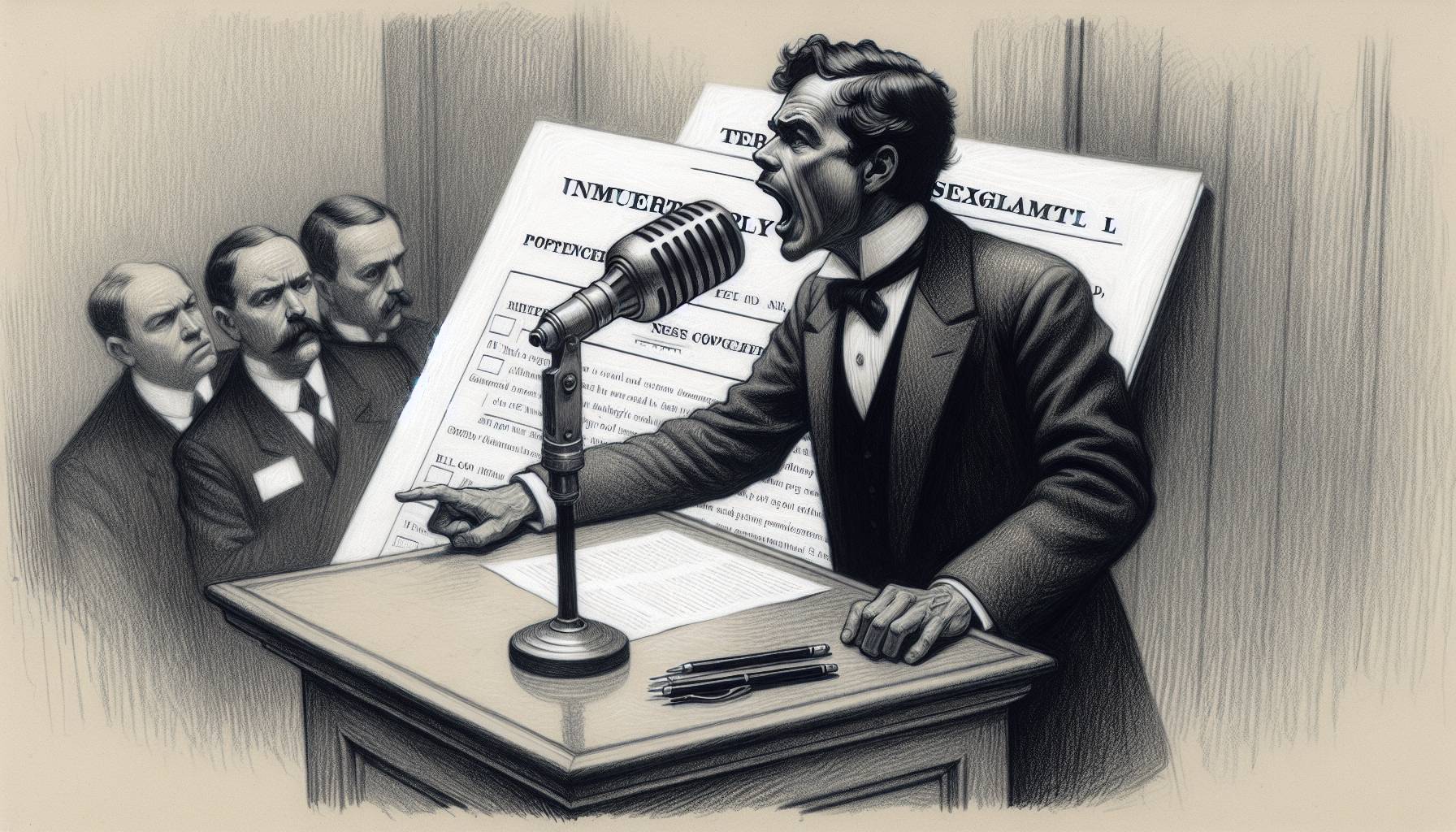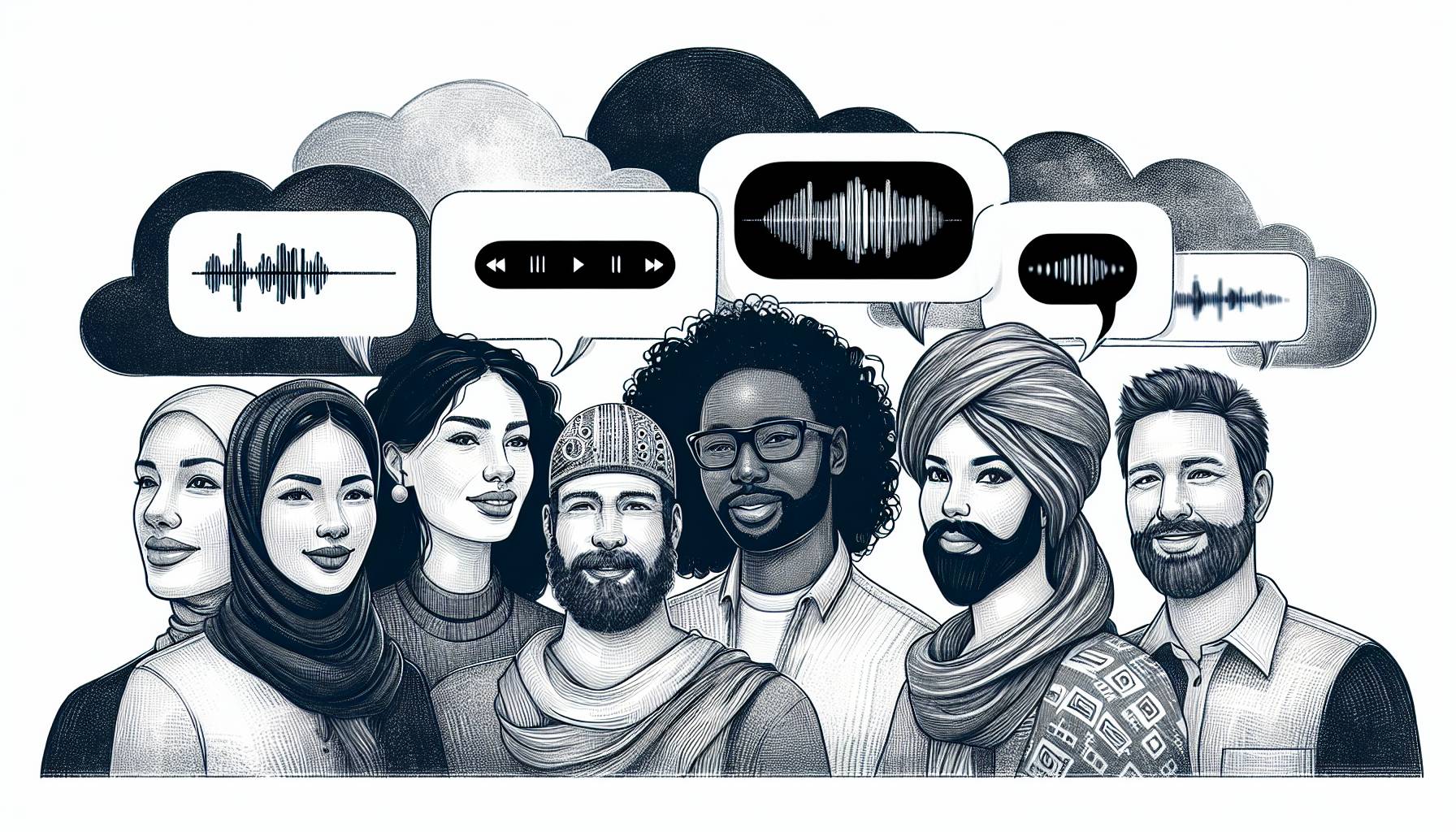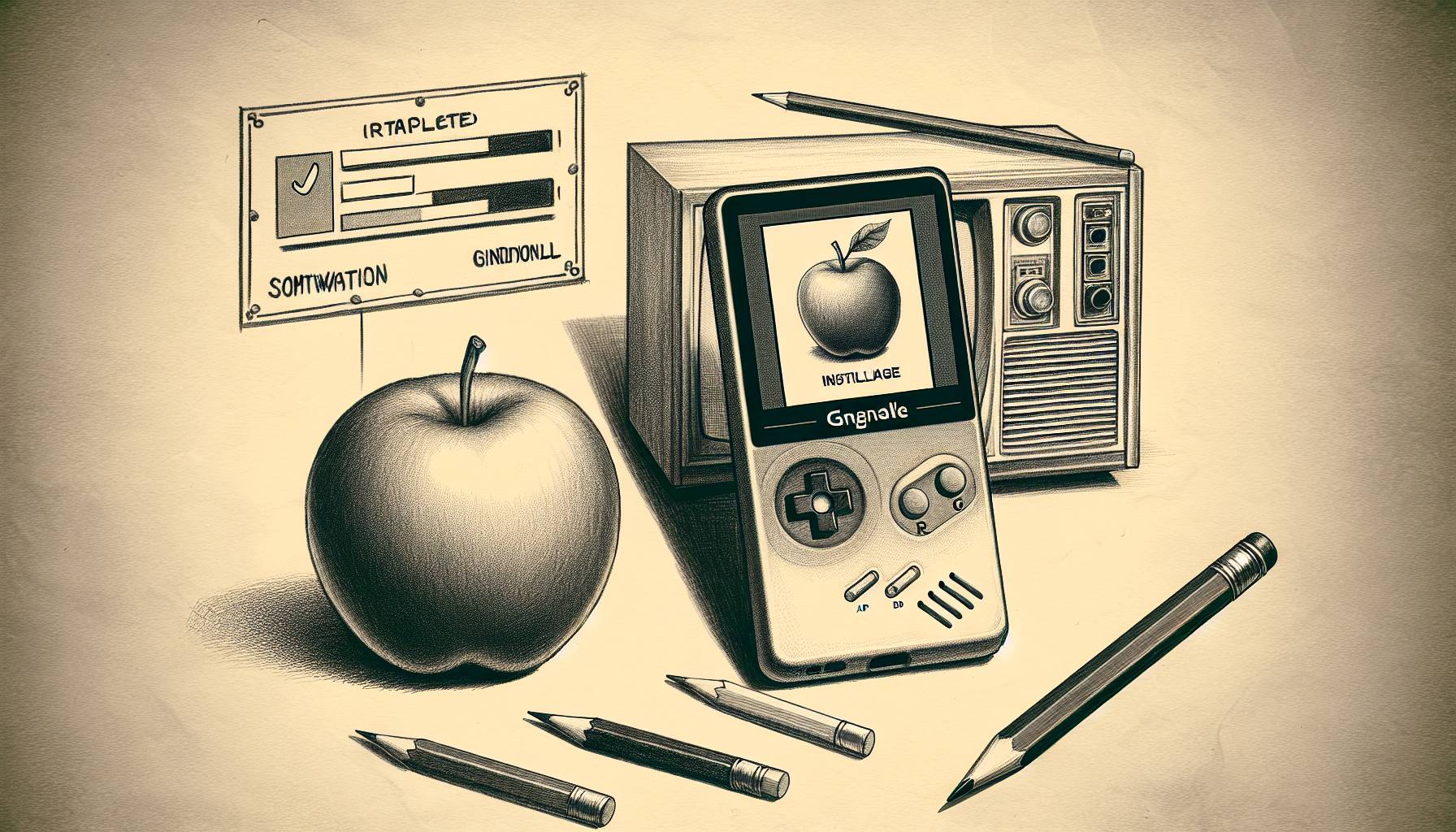While more than one-third of U.S. wireless subscribers already own smartphones, millions more will buy one over the next year. Many consumers, of course, will take advantage of the plethora of holiday smartphone sales now offered.
There are so many makes and models to choose from these days, so it’s important to find one that fits you and your lifestyle. Remember, most smartphones are pretty much handheld computers, so whether you need a device for email and to improve your productivity, or you want to listen to music and play the latest games, here are five important considerations before making your final decision.
It’s all about the operating system
As is the case with computers, what makes a phone really “smart” is the software that powers it. While Microsoft Windows and Mac OS operate the majority of personal computers, there are five major operating systems for smartphones. RIM’s (RIMM) business-focused BlackBerry platform remains the most popular mobile operating system for U.S. subscribers, according to a recent report by market research firm comScore. However, Apple’s (AAPL) iOS – which powers the iPhone – and Google’s (GOOG) Android software (now accessible in dozens of devices) are catching up quickly. Holding up the rear are Microsoft (MSFT), which is fighting for its mobile life with the new Windows Phone 7 platform, and Palm’s WebOS.
So which one is for you? As more people are buying Android and iOS devices, lets look at those two offerings first. Android is by far the most flexible option, as it is now available via every major carrier and manufacturer. If you are an avid Google user who enjoys services like Gmail and Docs, an Android device would be the most seamless to carry around with you. While the popularity of iPhones certainly extends beyond Apple junkies, Mac owners and those who access their music libraries via iTunes will want to stick with what they already know (and probably love). The iPhone is also the superior gaming device.
While new apps are released everyday to make Androids and the iPhone better business tools, BlackBerry is the clear leader in professional communication. The BlackBerry Internet Service is secure and nimble enough to be trusted by most companies, and the device offers enough fun and games to pass the time between meetings. Microsoft hopes to pluck away BlackBerry users by seamlessly integrating Office and Exchange within Windows Phone 7. Gamers can also access a mobile version of Xbox Live. WebOS phones like the Pixi and Pre offer great Internet browsing, but little else to appeal to anyone beyond Palm loyalists.
There are apps for everyone, but they are most easily found on iOS and Android
From navigation and productivity tools, to personalized music networks, to games that rival the best of the consoles and video arcades, apps can turn your smartphone into a universal toolbox and entertainment system.
While the iPhone has more than 350,000 apps available and has the most popular and iconic App Store, Android phones offer more than 100,000 apps to choose from and are quickly making up ground. BlackBerry’s App World offers a comparatively meager 15,000 titles, although owners still have access to the basics like Facebook, Pandora and The Weather Channel. The jury is still out on the few thousand apps already available for Windows Phone 7, while nobody today will buy a WebOS device purely for its app availability.
Pay for a big data plan – unlimited if available
With high definition video clips and games available at your fingertips – in addition to email, apps and browsing the web – chances are you will be running more data through your smartphone than you anticipate. This is why it pays to to sign-on for as large a data plan as possible, or an all-you-can-consume package if that’s available. Research firm Sanford Bernstein recently polled 800 smartphone customers and discovered that having an unlimited plan is a key factor in their choice of carriers.
Currently, Verizon (VZ) is the only major carrier to offer an unlimited data package at $30/month. AT&T (T), which remains the exclusive carrier for the iPhone, used to offer a comparable package but earlier this year introduced tiered-pricing with 200MB offered for $15/month and 2GB for $25/month. The other major carriers, T-Mobile (DTEGY.PK) and Sprint (S), also offer tiered pricing. Subscribers who will upgrade to 4G-enabled phones – which access a faster and more robust network – will invariably pay more. Data is a scarce commodity. It’s better to pay a few bucks more per month to cover usage than be surprised with a whopper of a bill at the end of the month.
Over time, this is more important than whatever you shell out for the actual device – which could be between zero and $400 depending on the plan and contract particulars. One other thing on price: As so many models come out so frequently, it pays to buy a semi-new device. State-of-the-art phones like the Droid Incredible have recently been offered for free (with contract) only months after their $200 debut.
Power is precious, and more important than other basic features
It’s not uncommon for a smartphone to run out of battery juice before the end of the work day – even with limited voice usage. Checking email on your commute (when not driving!), watching a YouTube clip of last night’s comedy monologue or playing a game of Angry Birds will all drain power quickly. More important than features like the number of camera mega-pixels, or whether or not the phone has a flip function, is its battery strength. Even with the best models, it may pay to bring an extra charger with you to the office. Also, make sure to close-out apps and other programs after using them to preserve power, check which apps you leave running in the background, and lower your screen brightness.
Looks still matter
Ever since Michael Douglas introduced the oversized cell phone in Wall Street more than two decades ago, mobile devices have served as status symbols to show off to friends and colleagues. While the iPhone 4 has the most elegant design of any smartphone, its look could kill a call or two without the right bumper surrounding it. A number of Droid options and even some new Windows Phone 7 models come close to the iPhone in aesthetics, while not shortchanging antenna functions.
Beyond being easy on the eye, the touch screen is a key element to any smartphone. Not only is it essential for gaming, but, given the success of iPads and other tablets, media organizations increasingly are creating content for touch-screen consumption.












